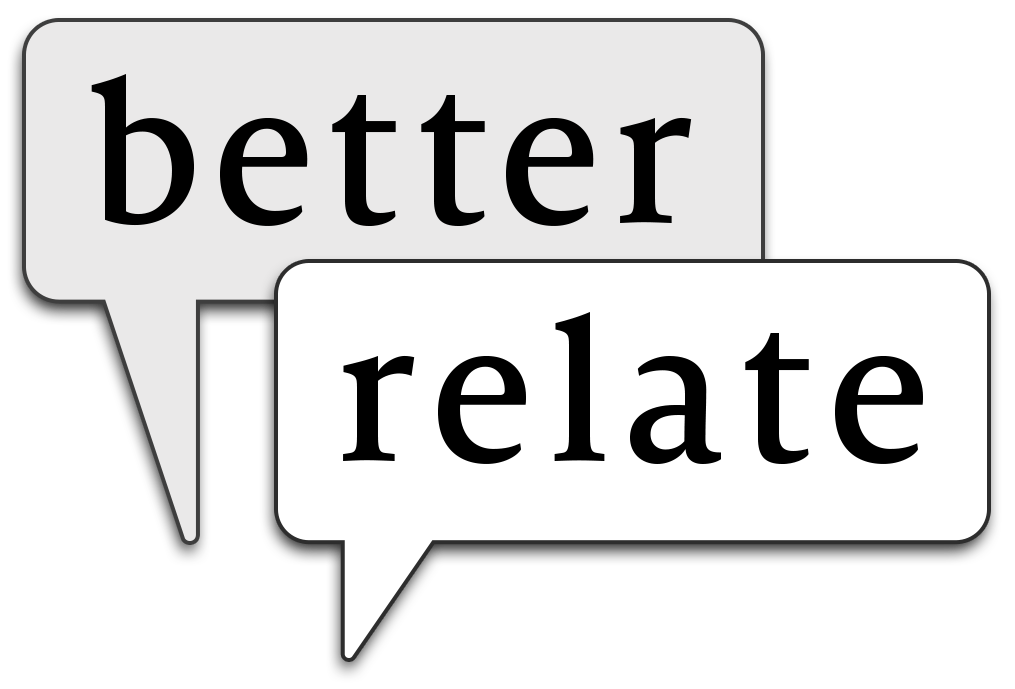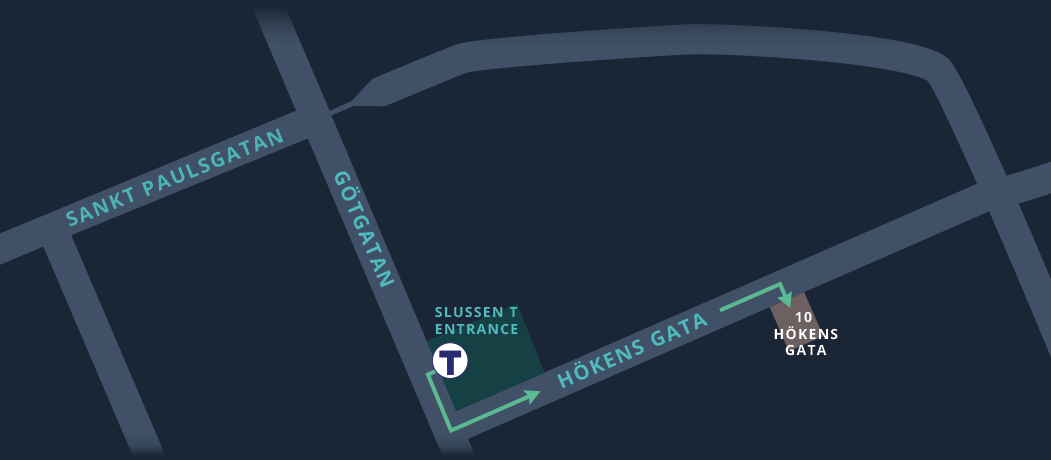Why Staying Positive is the Enemy of Happiness
This post is rated CCSS for Caution: Contains Some Spoilers.
There’s something that happens in Pixar’s Inside Out that was all too familiar to me (learn more about Inside Out and how it can teach you the Internal Family Systems model).
See that chalk circle on the floor in the picture above? Joy has drawn that circle and told Sadness to stand inside of it and not leave. To Joy’s way of thinking, Sadness is ruining everything!
Why couldn’t Sadness just stay inside that little circle? Why couldn’t Sadness get out of the way, so Riley could stay positive?
I was instantly reminded of a client whom I’ll call Justine. She was trying so hard to stay positive it was actually getting in the way of her being happy.
Sadness Has a Way of Not Staying in a Circle
Justine had suffered a lot of trauma over the previous year. She had lost her mother and her sister to cancer, and her job to an unstable economy. Grief from the loss of her family members and the stress from worrying about money left Justine feeling anxious and depressed. She kept crying, seemingly for little reason.
But all anyone kept telling Justine was, “Stay positive!”
And Justine was doing her best to stay positive. She was the poster child for staying positive. She was very busy connecting socializing and planning a vacation.
Her friends and other family meant well when they told her to stay positive. They didn’t want her to feel sad!
Justine didn’t want to feel sad either. She kept drawing that little chalk circle with all those busy and “positive” events and trying to keep her sadness inside it.
Justine was failing at staying positive so she told herself, “I’m disappointing my friends and ruining their good times.”
She didn’t want to lose her friends, but couldn’t stop feeling sad. Her solution? Avoid them at all costs.
Which only made her feel worse.
What is Sadness For, Anyway?
Being happy and having a good time is misplaced in one’s life when extreme loss has been experienced. Loss of several loved ones as well as loss of work which brings change and more loss can result in behaving in exaggerated ways.
The sad part is real and has needs and wants. In Inside Out, Joy discovers that Sadness plays an important role in Riley’s life: Sadness signals to Riley’s friends and family that she needs help.
Justine really needed loved and support…from herself. But her sadness was so huge and overwhelming it got in the way. She disconnected from herself.
Feelings of Depression Emerge When We Feel Disconnected From Our Self
In a way, Justine was experiencing Self Abandonment.
When a child is left by their parent despair emerges. The child feels depressed when the parents are unavailable to meet their needs for love and attention.
Likewise, we may emotionally abandon our Self in favor of doing “what is right” for us. Like staying positive. We disconnect.
When we disconnect:
- We are not taking loving care of ourselves
- We are not listening and learning what we want or need
- We feel sad or depressed
Sadness Isn’t Your Enemy. It’s a Messenger.
You are a family of parts and you can begin to feel better by relating differently to your Self.
Think of sadness as a messenger. Your parts always have something important to tell you. In the case of Justine, the message was “you’re on the wrong path!” When she reconnected to her parts and her Self, she found her way.
People with regular connection daily are mentally and physically healthier than those who isolate themselves. Isolation can take different forms. Think of the person who has shut off their feelings. Or the person who has made their bed and chosen to lie in it, just plowing through life. How happy are they? How healthy?
When Joy finally allowed Riley to feel sad, Riley was able to get the caring, love, and support from her parents she had needed all along.
What does your sad part want you to know?
Image credit: Pic by Flickr user Wolfgang Lonien is licensed under CC BY-SA 2.0.



